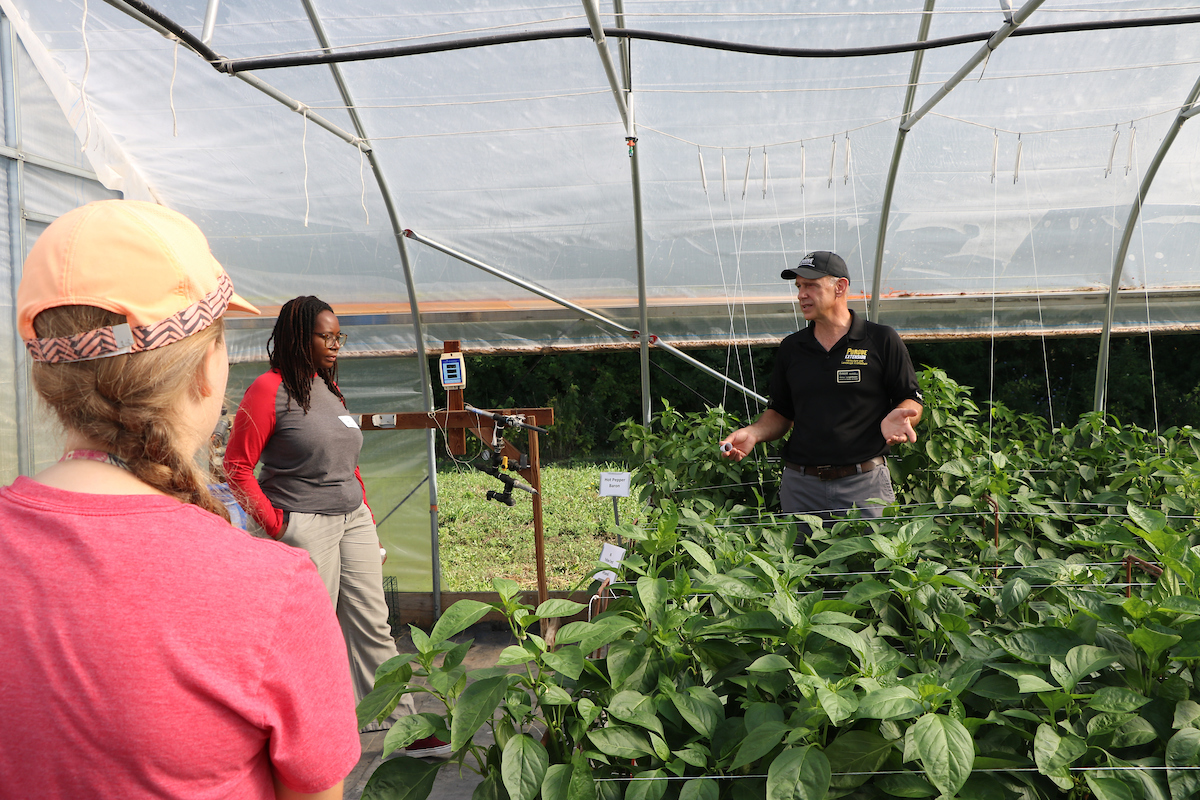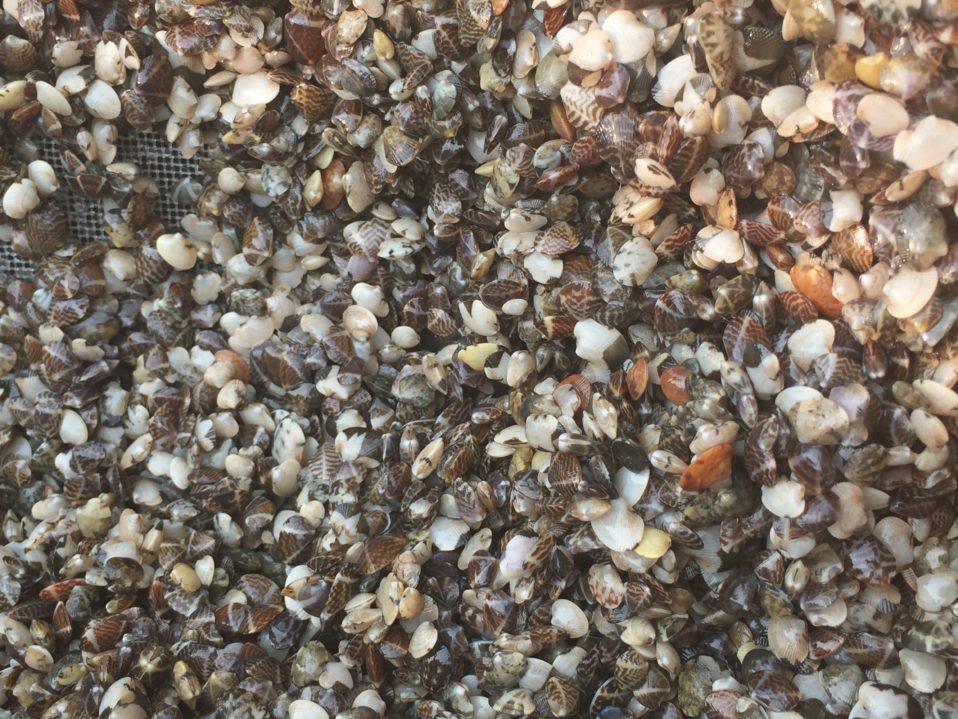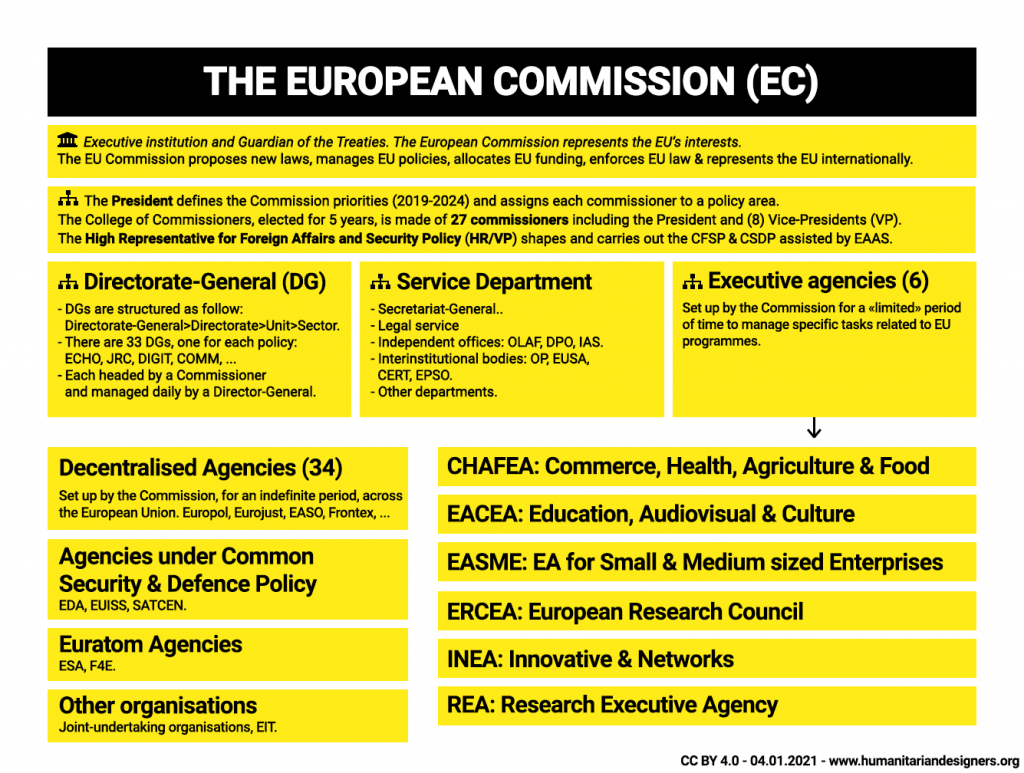Report on Microplastic and Trace Element Contamination in Agricultural Soils and Implications for Sustainable Development Goals
1.0 Introduction
A study conducted by the Manipal Academy of Higher Education in coastal Karnataka, India, investigates the contamination of agricultural soils by microplastics (MPs) and associated trace elements. The findings present significant challenges to the achievement of several United Nations Sustainable Development Goals (SDGs), particularly those concerning environmental health, food security, and sustainable production. This report analyses the study’s findings, contextualises them within the SDG framework, and outlines the implications for sustainable land management.
2.0 Key Findings and Ecological Risk Assessment
The research identified a direct link between agricultural practices and the severity of microplastic pollution, posing a direct threat to terrestrial ecosystems and the objectives of SDG 15 (Life on Land).
- Source of Contamination: Agricultural fields utilising plastic mulch for watermelon cultivation showed significantly higher concentrations of MPs compared to unmulched rice paddies. This highlights how specific production choices directly contravene the principles of SDG 12 (Responsible Consumption and Production).
- Pollutant Characteristics: Polyethylene (PE), consistent with the material used in agricultural films, was the dominant polymer. MPs were most abundant in surface soils, with film fragments being the most common shape.
- Ecological Risk: The study employed several indices to quantify the environmental threat.
- Polymer Hazard Index (PHI): Indicated a high risk, underscoring the inherent danger of plastic polymers to soil biota.
- Pollution Load Index (PLI) & Geoaccumulation Index (Igeo): Showed low to moderate contamination, but levels were elevated in mulched soils, indicating an accumulating problem.
- Potential Ecological Risk Index (PERI): Classified the overall risk as low to moderate, again with higher values in mulched fields, confirming the negative impact of this practice on SDG 15.
3.0 Co-occurrence of Microplastics and Trace Elements: A Threat to Food Safety and Health
A critical aspect of the study was the analysis of the interaction between MPs and trace elements, which has profound implications for food safety and human health, directly impacting SDG 2 (Zero Hunger) and SDG 3 (Good Health and Well-being).
- Trace Element Adsorption: Analysis confirmed that trace elements, including iron (Fe), zinc (Zn), and manganese (Mn), adhere to the surface of microplastic particles.
- Vector for Contaminants: This association suggests that MPs act as vectors, potentially altering the mobility and bioavailability of metals in the soil. This mechanism can facilitate the uptake of harmful elements by crops, introducing contaminants into the human food chain.
- Implications for SDG 2 and SDG 3: By compromising soil health and food safety, this co-contamination threatens the goal of achieving food security and ensuring healthy lives. The integrity of agricultural output is jeopardised, undermining efforts to provide safe and nutritious food.
4.0 Broader Environmental Context and Linkages to Water-Related SDGs
The study’s findings are consistent with broader research on plastic pollution, revealing a systemic issue that connects land use to water systems, thereby affecting SDG 6 (Clean Water and Sanitation) and SDG 14 (Life Below Water).
- Wastewater Irrigation: The report aligns with studies showing that irrigation with treated wastewater is a significant pathway for MP contamination of agricultural land, linking soil pollution to the objectives of SDG 6 regarding safe wastewater management.
- Riverine and Marine Pollution: Agricultural runoff can transport MPs and their adsorbed contaminants from soils into river systems, such as the nearby Netravathi River, and ultimately into marine environments. This process directly threatens aquatic ecosystems, hindering progress on SDG 14.
5.0 Conclusion and Recommendations for Advancing the SDGs
The research from coastal Karnataka provides clear evidence that current agricultural practices involving plastics are unsustainable and actively work against multiple SDGs. To mitigate these risks and align agricultural practices with global sustainability targets, the following actions are essential:
- Promote Sustainable Agricultural Practices (SDG 12, SDG 15): Phase out or drastically reduce the use of plastic mulch in favour of biodegradable or organic alternatives to protect soil ecosystems and reduce plastic waste generation.
- Implement Integrated Waste Management (SDG 11, SDG 12): Develop and enforce comprehensive waste management strategies, particularly for agricultural plastics, to prevent their entry into the environment.
- Enhance Water Treatment and Management (SDG 6): Improve wastewater treatment processes to effectively remove microplastics before water is used for irrigation, breaking the cycle of contamination.
- Establish Monitoring and Regulation (SDG 2, SDG 15): Implement regular monitoring of microplastic and trace element levels in agricultural soils to assess long-term risks, inform policy, and ensure food safety.
Analysis of Sustainable Development Goals in the Article
-
SDGs Addressed or Connected
The article highlights issues that are directly connected to several Sustainable Development Goals (SDGs). The analysis of microplastic and trace element pollution in agricultural soils touches upon environmental health, food production, human well-being, and sustainable practices.
- SDG 2: Zero Hunger: The article focuses on the contamination of agricultural soils, which is fundamental to food production. The potential for pollutants to be taken up by plants and enter the food chain raises concerns about food safety, which is a key component of achieving food security and promoting sustainable agriculture.
- SDG 3: Good Health and Well-being: The research discusses the ecological risks and the presence of trace elements like lead (Pb) and chromium (Cr) associated with microplastics. The article notes that these contaminants can enter the food chain, which poses a direct risk to human health from the consumption of contaminated food.
- SDG 6: Clean Water and Sanitation: The article explicitly links land-based pollution to water systems by referencing a study on the Netravathi River, which found “pervasive contamination of a tropical Indian river system.” It also mentions that wastewater irrigation is a significant contributor to microplastic pollution in soils, connecting agricultural practices directly to water quality management.
- SDG 12: Responsible Consumption and Production: The core issue discussed is pollution stemming from the use of plastic mulch in agriculture. This points to unsustainable production patterns. The article’s conclusion, which underscores the “need for sustainable land management practices, including reducing plastic mulch usage and implementing effective waste management strategies,” directly addresses the goals of responsible consumption and waste reduction.
- SDG 14: Life Below Water: While the primary focus is on soil, the article’s reference to microplastic contamination in the Netravathi River system connects the land-based agricultural pollution to freshwater and, ultimately, marine ecosystems. Pollution from rivers is a major source of marine debris.
- SDG 15: Life on Land: This is the most central SDG to the article. The entire study is about the contamination and degradation of terrestrial ecosystems, specifically agricultural soils. The research assesses the “ecological risk” to soil health and investigates how agricultural practices impact land quality.
-
Specific Targets Identified
Based on the article’s content, several specific SDG targets can be identified as being directly relevant to the problems and solutions discussed.
- Target 2.4: “By 2030, ensure sustainable food production systems and implement resilient agricultural practices that… help maintain ecosystems… and that progressively improve land and soil quality.” The article demonstrates how the practice of using plastic mulch is contrary to this target by degrading soil quality with microplastic contamination.
- Target 3.9: “By 2030, substantially reduce the number of deaths and illnesses from hazardous chemicals and air, water and soil pollution and contamination.” The study’s focus on trace elements (Pb, Cr) and the “Polymer Hazard Index” directly relates to measuring and understanding the risks from soil contamination that can impact human health.
- Target 6.3: “By 2025, improve water quality by reducing pollution, eliminating dumping and minimizing release of hazardous chemicals and materials…” The mention of wastewater irrigation as a source of microplastics and the contamination of the Netravathi River directly aligns with the need to reduce the release of pollutants into water bodies.
- Target 12.4: “By 2020, achieve the environmentally sound management of chemicals and all wastes throughout their life cycle… and significantly reduce their release to… soil in order to minimize their adverse impacts on human health and the environment.” The article’s entire premise is about the release of microplastic waste into agricultural soil from plastic mulch and its associated risks.
- Target 14.1: “By 2025, prevent and significantly reduce marine pollution of all kinds, in particular from land-based activities…” The study of river contamination serves as an example of how land-based pollution from agriculture contributes to the pollution of aquatic systems that eventually flow into the ocean.
- Target 15.3: “By 2030, combat desertification, restore degraded land and soil, including land affected by… pollution…” The research on microplastic contamination in agricultural soils is a direct investigation into a form of land degradation caused by pollution, highlighting the need for restoration and sustainable management.
-
Indicators Mentioned or Implied
The article mentions several specific measurements and indices that can be used as indicators to track progress towards the identified targets.
- Concentration of microplastics in soil: The study measures the abundance of microplastics in surface and subsurface soils. This serves as a direct indicator of the level of soil pollution (relevant to Targets 12.4 and 15.3).
- Concentration of trace elements in soil: The research quantifies the levels of iron (Fe), zinc (Zn), manganese (Mn), chromium (Cr), and lead (Pb). This is a key indicator for assessing soil contamination and health risks (relevant to Targets 3.9 and 15.3).
- Polymer Hazard Index (PHI): The article explicitly states that the PHI was calculated and “indicated a high risk.” This index is a direct indicator of the potential harm from the types of plastic polymers found (relevant to Target 3.9).
- Pollution Load Index (PLI) and Geoaccumulation Index (Igeo): These indices were used to assess the overall pollution and contamination levels in the soil, providing a quantitative measure of the severity of the problem (relevant to Targets 12.4 and 15.3).
- Potential Ecological Risk Index (PERI): This index was used to classify the ecological risk as “low to moderate,” offering a specific metric to gauge the impact on the soil ecosystem (relevant to Target 15.3).
- Abundance and type of polymers: The identification of polyethylene (PE) as the dominant polymer and the analysis of microplastic shapes (film fragments, fibres) are indicators that help trace the source of pollution (plastic mulch) and understand its nature (relevant to Target 12.4).
Summary of SDGs, Targets, and Indicators
| SDGs | Targets | Indicators Identified in the Article |
|---|---|---|
| SDG 2: Zero Hunger | 2.4: Ensure sustainable food production and resilient agricultural practices that improve soil quality. |
|
| SDG 3: Good Health and Well-being | 3.9: Substantially reduce illnesses from soil pollution and contamination. |
|
| SDG 6: Clean Water and Sanitation | 6.3: Improve water quality by reducing pollution and release of hazardous materials. |
|
| SDG 12: Responsible Consumption and Production | 12.4: Achieve environmentally sound management of wastes and reduce their release to soil. |
|
| SDG 14: Life Below Water | 14.1: Prevent and reduce marine pollution from land-based activities. |
|
| SDG 15: Life on Land | 15.3: Combat land degradation and restore polluted soil. |
|
Source: naturalsciencenews.com







